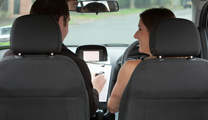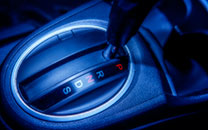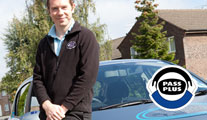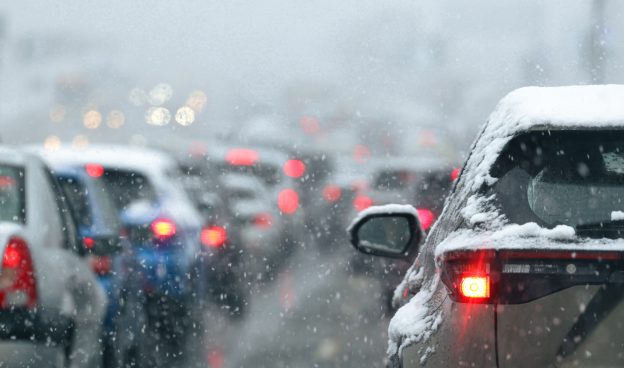Winter is upon us and we’ve already had our first snow of the season, which brought the usual traffic jams and avoidable accidents. Snow and icy conditions make many of our learner drivers nervous – understandable when many may never have encountered wintry road conditions behind the wheel before.
With this in mind, here are a few winter driving tips which you may find useful.
Prepare for the journey
It’s important to prepare yourself and your car before you set off in wintry conditions. You should already have checked that your tyres have adequate tread before the start of the winter. If not, check now that they have at least the minimum 1.6mm.
Other pre-driving checks include:
· Make sure windscreen wipers are clean and the screen wash is topped up
· De-ice windows
· Pack an emergency kit
· Wear dry, comfortable footwear to avoid slipping off the pedals
· Allow extra time for the journey
When driving
Moving off in first gear may prevent the wheels from gripping the road so move off in second gear to reduce wheel slip. Accelerate gently, use low revs and change up to a higher gear as soon as it’s safe to do so. Drive slower than usual; especially if the road is icy.
Maintain safe stopping distances between you and the vehicle in front, leaving a larger gap than usual. Use the correct speed for the gear you’re in and avoid sudden or harsh acceleration.
If you need to drive up a steep hill, leave plenty of room in front of you so you can maintain a steady speed without changing gear unnecessarily. When going downhill use a low gear – second if the descent is steep – and again maintain a steady speed to avoid erratic braking.
Stay alert for any hazards such as black ice under bridges and in shaded areas, being wary of any pedestrians who may be walking on the road. If driving in heavy snow use dipped headlights.
Points to remember:
· Always leave plenty of space between you and the vehicle in front
· Avoid harsh acceleration, braking or steering
What to do if you get into a skid
First of all, don’t panic. Don’t hit the brakes or the accelerator. You have to steer gently into the skid. That means if the car is sliding to the right, steer gently to the right. If it is sliding to the left, steer gently to the left.
What to do when approaching a bend
When you know a bend is coming up, take your foot off the accelerator and brake gently before you get to the bend itself. The idea is to drive round the bend as smoothly as possible without the wheels losing grip so don’t panic. Approach in a lower gear, keep your hands relaxed on the steering wheel and accelerate gently out of the bend.
Drive safe this winter
With careful preparation and calm, smooth driving you will find you can safely navigate wintry roads. But should you need a confidence booster, why not book a Pass Plus course with us to improve your winter driving technique?














